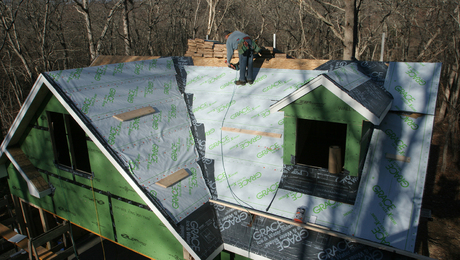A More Resilient Roof
A sealed roof deck, strengthened edges, and wind-resistant materials help a Fortified asphalt-shingle roof stand up to heavy rain and high wind.
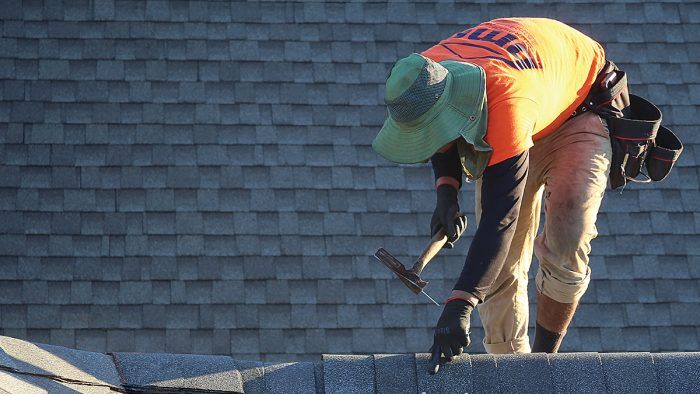
In this article, Fortified Roofing Contractor Ben Murphy details the construction of an asphalt-shingle roof that can withstand heavy rain and high winds. A Fortified Roof like the one shown here includes features such as a sealed roof deck, strengthened edges, and wind-resistant shingles and flashing, all designed to enhance a home’s resilience during storms. Murphy explains how these upgrades help protect homes from damage and prevent costly interior repairs by reinforcing key areas of the roof to handle extreme weather conditions.
Why Fortified Matters
Newly married, my wife and I settled near Orange Beach, Ala. Her family had a vacation house nearby, so we knew and liked the area. Like many people, we were drawn here because of the beautiful scenery and the chance to live near the Gulf Coast year-round.
I had a successful business building homes in the area for eight years when I learned about the Fortified Homes program in 2010. Developed by the Institute for Business and Home Safety (IBHS), this program aims to reduce damage from high winds and hail by reinforcing key areas of a house’s structure. (I discussed details of the Fortified standards in “Bracing for the Storm”).
Like anyone who lives on or near the Gulf Coast, I’m aware of the risks to lives and property from tropical storms. For this reason, I thought getting certified as a Fortified Professional builder through the voluntary program could help me differentiate my business from that of my competitors.
As a Fortified Professional, you can build or retrofit homes to meet certain standards for resilience. To become a Fortified Professional, I completed online training and passed a certification test. I also had to provide proof of relevant professional experience, proper licensing, and insurance.
More Resilient Houses
One of the critical elements of a Fortified home is a roof system with details meant to make it more resilient in storms and to prevent damage to the home’s interior if the roof covering is damaged. When I couldn’t find any roofing subcontractors willing to install Fortified Roofs, I went through the additional training and testing to become a certified Fortified Roofing Contractor myself. The additional certification, while not required, is recommended for anyone who will be installing Fortified Roofs.

Since 2015, our company has installed 4000 Fortified Roofs on everything from multimillion-dollar oceanfront homes to Habitat for Humanity rehabs in low-income communities. Business is booming because the state of Alabama offers $10,000 incentives for homeowners to install Fortified Roofs in coastal areas.
In this area, Alabama also enforces the High Wind Zone Amendment in the International Residential Code, which has similar requirements to a Fortified Roof for edge-metal and shingle fastening, and similarly requires heavy-duty pipe and vent flashing as well as a sealed roof deck in the form of taped seams or full self-adhered underlayment. (We choose the latter, because our crews find it easier to install.)
What It Costs
The step up to a Fortified Roof, which includes extensive documentation and improvements to gutters and ventilation, means an increase in cost of about 10% to 15% over that of a standard code-compliant roof in this area. This is not a huge additional expense for a roof that qualifies for insurance discounts and that can better protect a house and its possessions in a storm.
A big part of building a Fortified Roof is documenting that the strengthening work has been done according to the standard. We provide photos geotagged to the site that show every step of the installation. For asphalt-shingle roofs like the one shown here, we take photos that show the nails we add to strengthen the sheathing connection, the nail pattern on the eave metal and drip edge, the self-stick underlayment, the starter strip, the flashing boots, the ridge vents, and the completed roof from every elevation.
We also include photos of the material delivery, including photos that show the testing certifications of each product to be installed. There are similar upgrades and documentation requirements for metal and tile Fortified roofs. We submit the photos and material invoices along with the Roofer’s Compliance Form, our affidavit that the roof meets the Fortified standards.
What Happened to This Roof?
The house shown in the photos was damaged by hail. The previous owner reached a settlement with the insurance company and took the money without replacing the roof. The damage was revealed in the new buyer’s home inspection before the most recent sale. The new buyer contacted us to replace the roof and bring it up to the Fortified standard.
The house is pretty typical of those in the area—OSB roof sheathing with taped seams to prevent water intrusion, a code requirement on new builds since 2012. When a house has 1x boards for roof decking with gaps between boards, we are required to install 7⁄16-in. or thicker sheathing on top of the boards. If the 1x boards are butted tightly together, we can re-nail without an additional sheathing layer.
This house’s hip roof is naturally wind-resistant because of its self-bracing shape and slope on every elevation, which directs wind over the roof. When we reroof gable roofs, we build plywood covers for gable vents to prevent water intrusion during tropical storms. The covers have hardware that makes them easy to install and to remove so they can be taken off when there’s no threatening weather.
We’ve used other shingles, but our current favorite is from Atlas. The company provides an extended 15-year warranty when we use its underlayment, accessories, and shingles—all the products for a complete roof, which makes ordering easy. When the client requests it, we can install an impact-rated shingle to protect from hail, but we don’t have too many requests because of the high cost of the shingles.
By any measure, roofing is tough work and a competitive business, but it’s satisfying knowing that the wind-resistant roofs we install help protect our clients, their houses, and their possessions. Given the modest costs for an upgrade and having lived through several tropical storms and hurricanes, I think a Fortified Roof makes a lot of sense. I’m pretty sure anyone who’s seen the devastation caused by roof failures during high-wind and tropical storms would say the same.
Sealed and Strengthened Roof Deck
Additional nails prevent the sheathing from separating from the framing during high wind. Continuous underlayment or taped seams between sheathing panels creates a secondary barrier to keep water out of the house even if the roof is blown off.
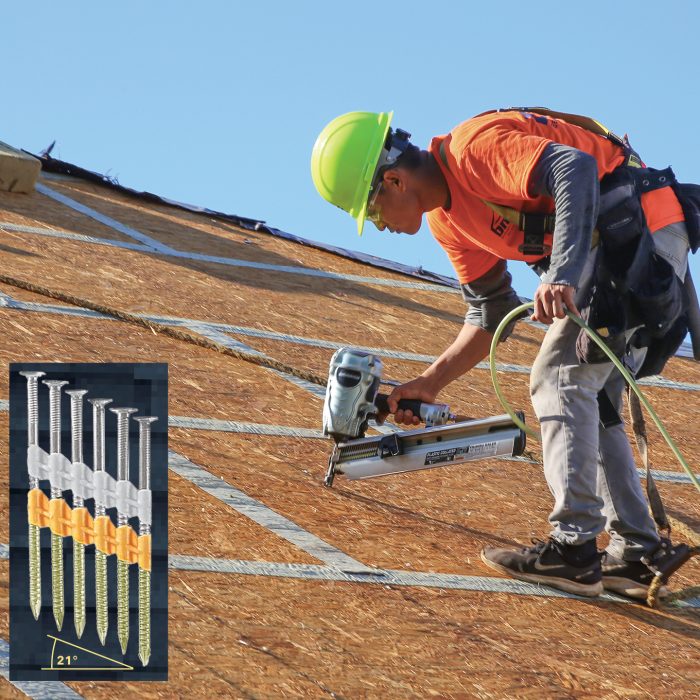 |
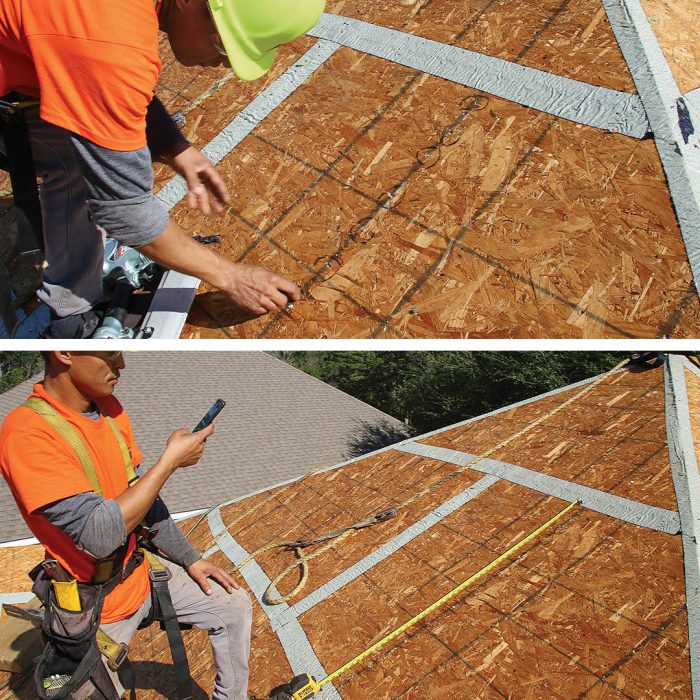 |
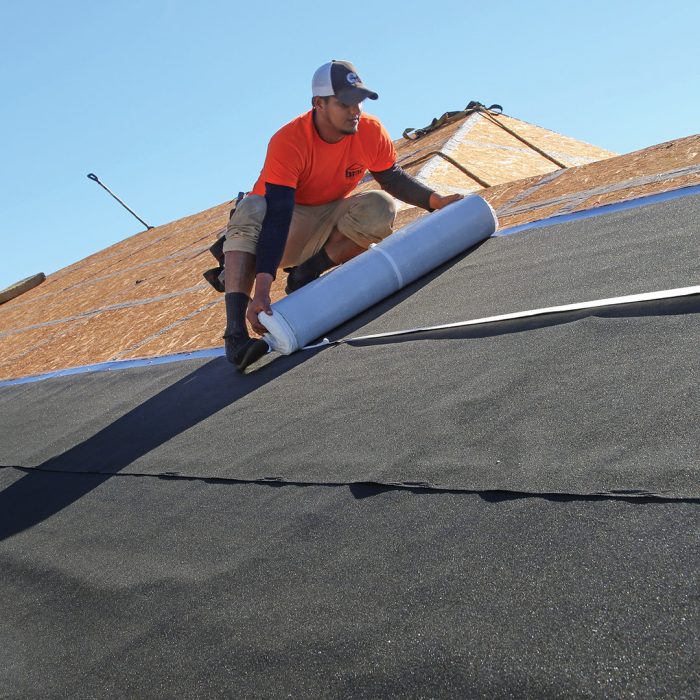 |
Reinforced Roof Edges
Sturdy, well-fastened edge metal and an adhered starter strip prevent shingles at the edge of the roof from lifting during high winds. Controlling edge lift prevents sections of shingles from blowing off and subsequent water intrusion.
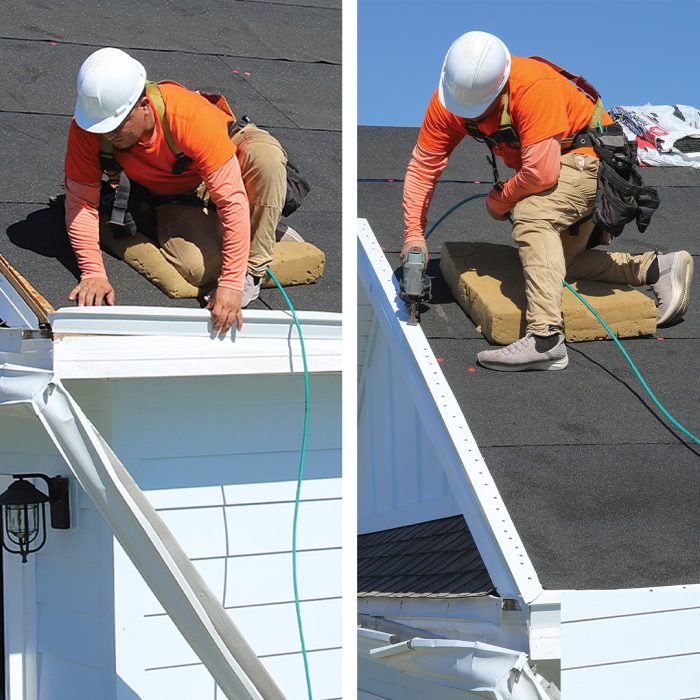 |
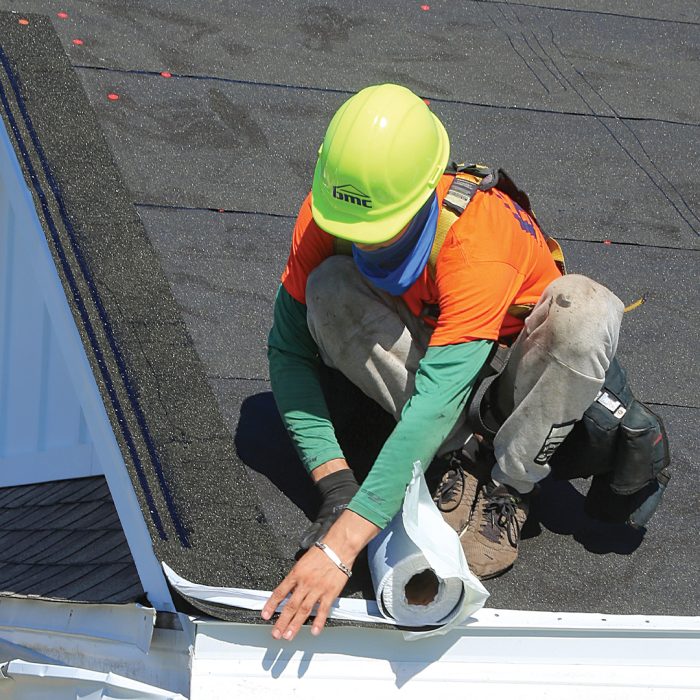 |
Secure Shingles
Installing shingles on a wind-resistant roof takes more care than it does on a conventional roof, where speed is often the primary concern. Roofers must drive nails in the right spots, straight, and with the head tight to the shingle. Post-storm research shows that failed shingle roofs often have overdriven, missing, or poorly placed nails.
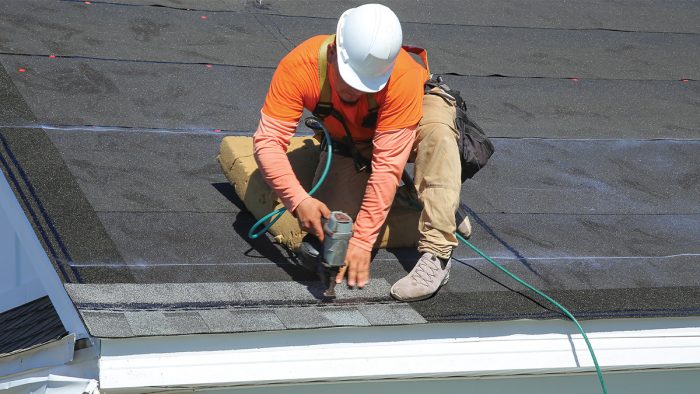 |
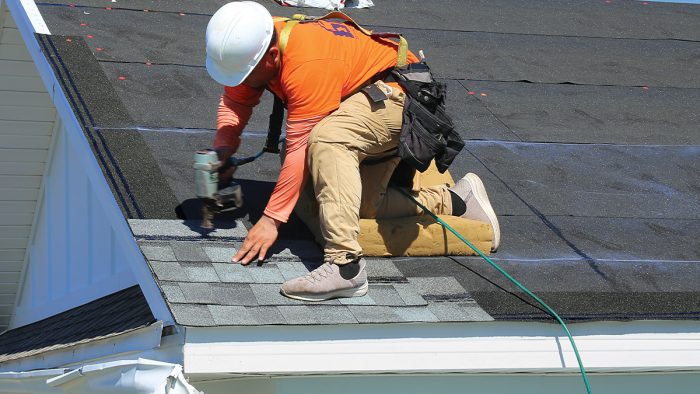 |
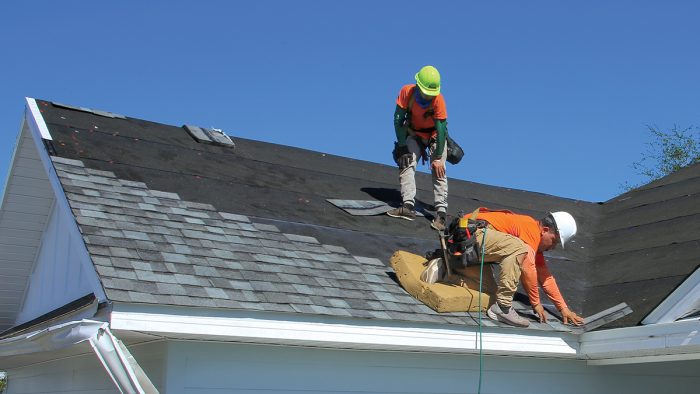 |
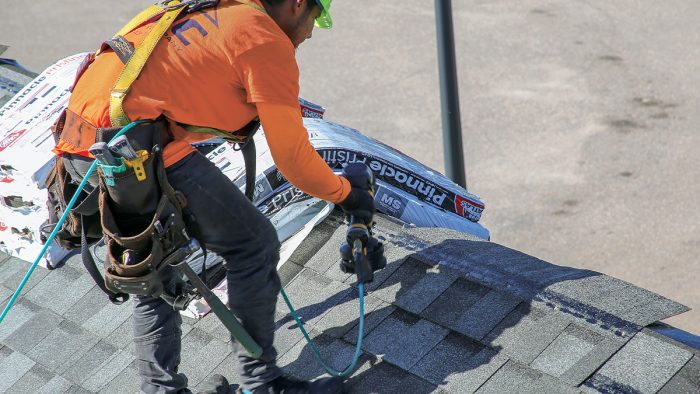 |
Valleys, Ventilation, and Flashing That Resist Wind and Water
A wind-resistant roof uses components recommended by the insurance industry based on lab testing and post-storm research. All of these components, including flashing boots, ridge vent, and drip edge, have Miami/Dade County approval, the area’s certifying body for the highest wind-resistance standard. For Fortified certification, they are photographed both in their packaging and on the roof after installation.
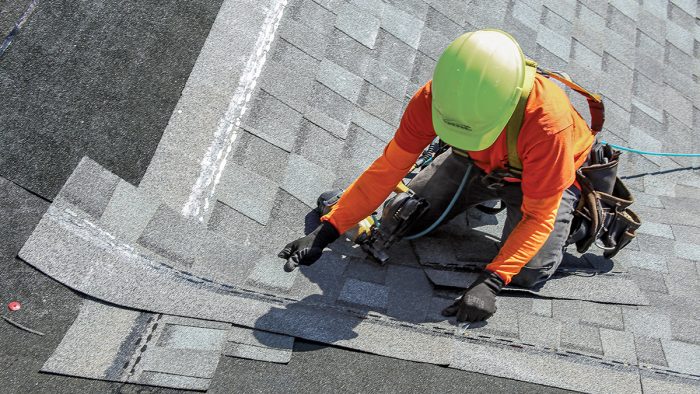
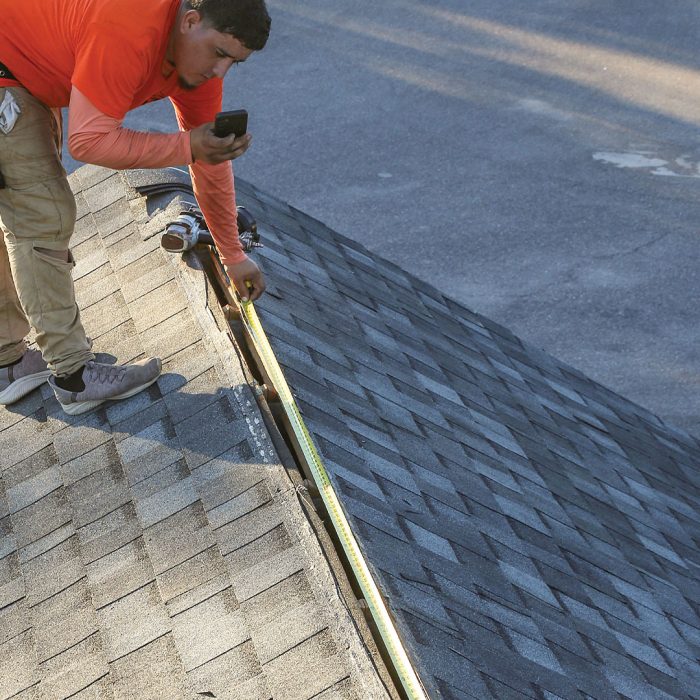 |
 |
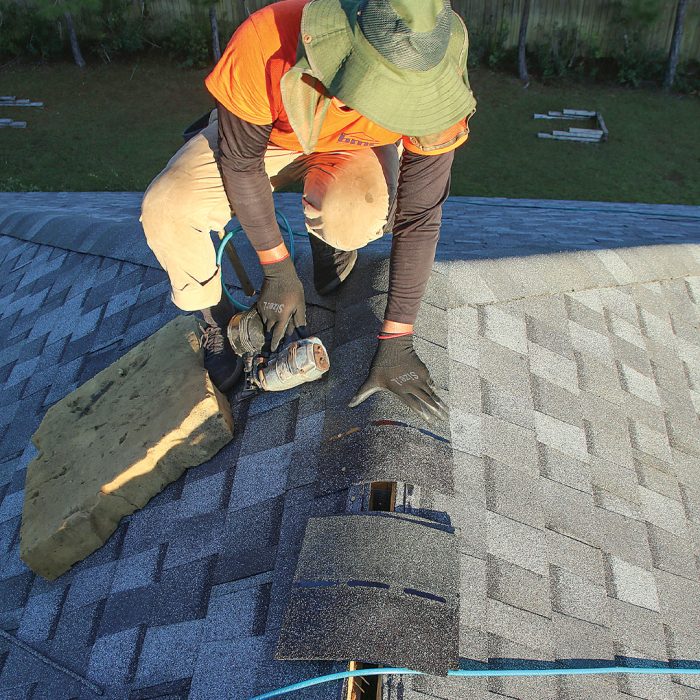 |
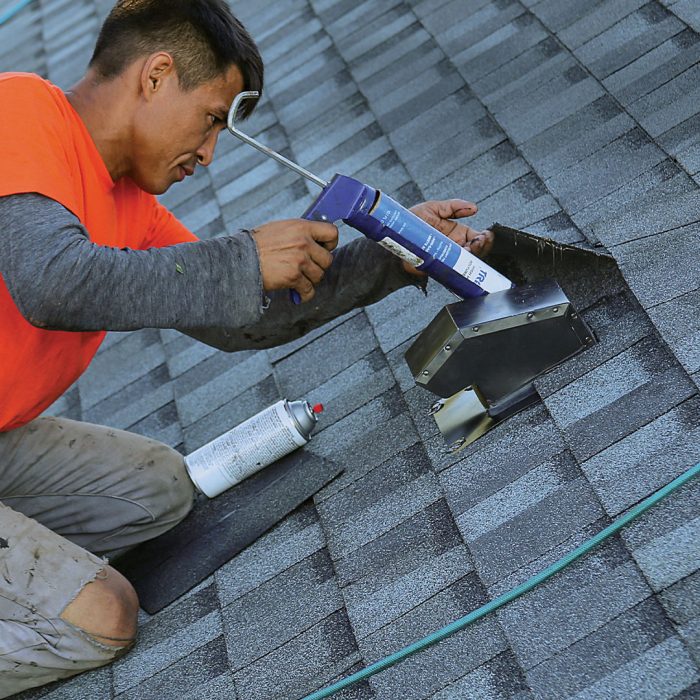 |
— Ben Murphy; home builder and roofing contractor in Orange Beach, Ala. Photos by Patrick McCombe.
RELATED STORIES
- Bracing for the Storm
- Why Fortified Standards (and Others Like Them) Matter
- 9 Upgrades to Windproof Your Roof
Fine Homebuilding Recommended Products
Fine Homebuilding receives a commission for items purchased through links on this site, including Amazon Associates and other affiliate advertising programs.
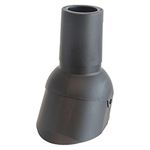
Flashing Boot Repair
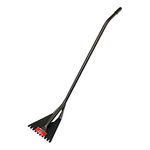
Shingle Ripper

Ladder Stand Off









